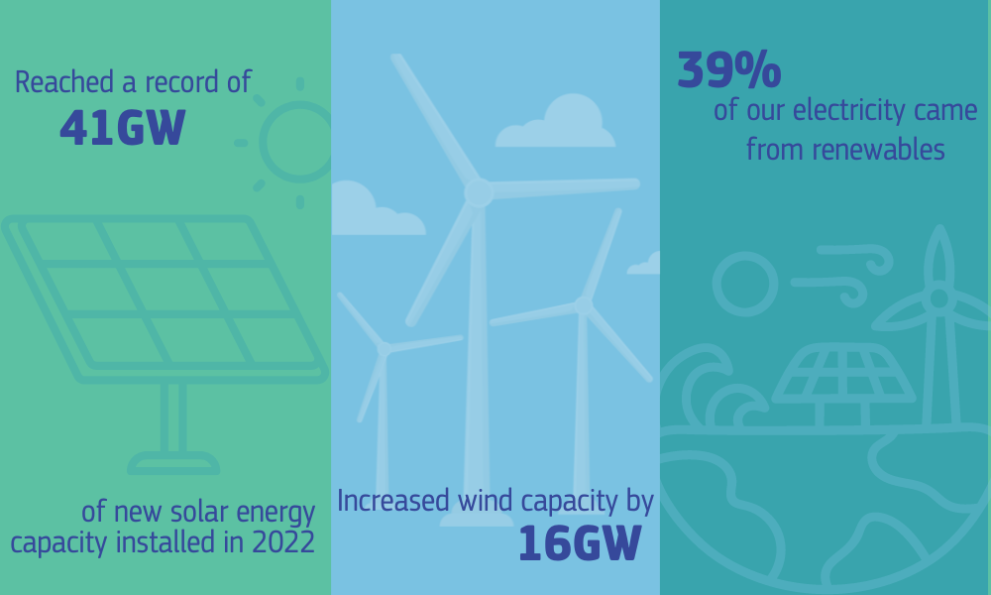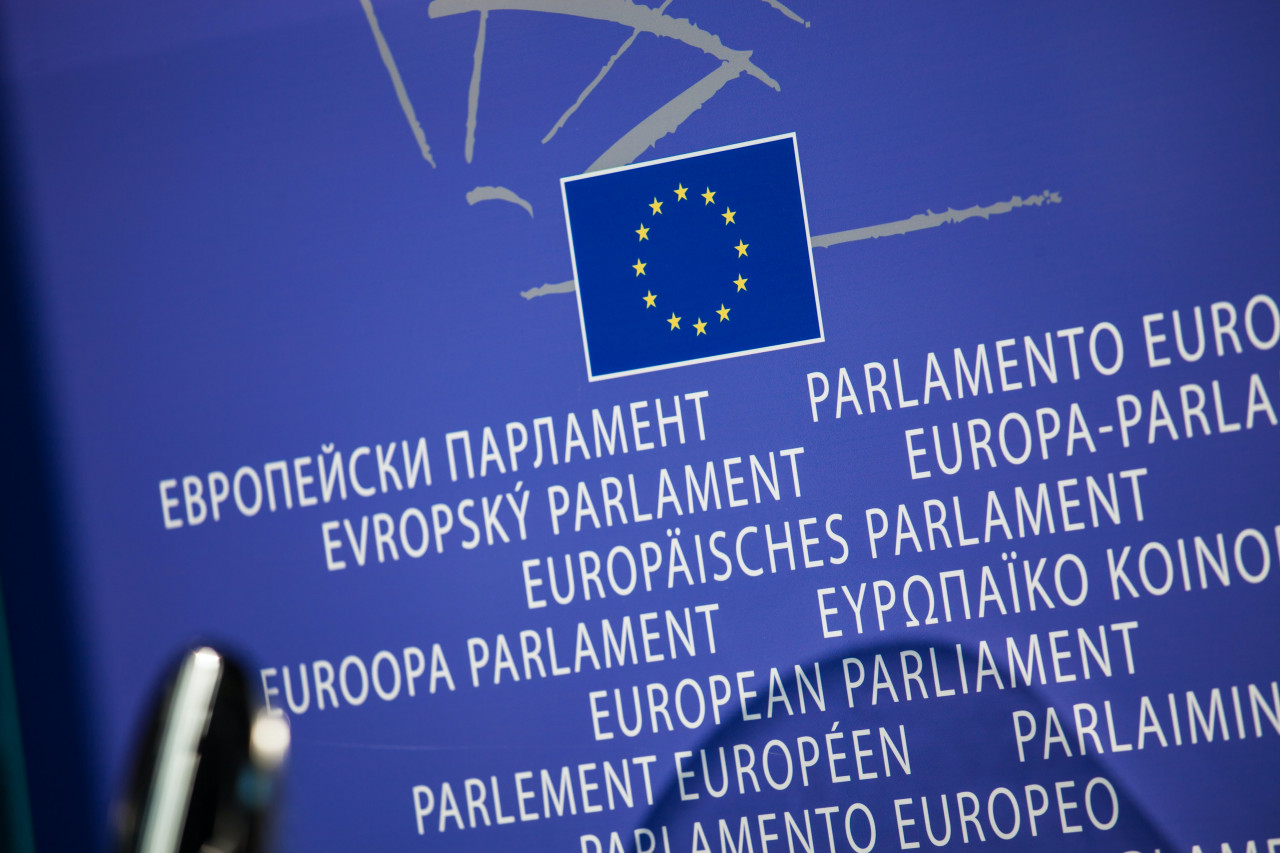Europe finalizes answer to US Inflation Reduction Act, aims to become net zero continent by 2050
Europe on Tuesday framed new rules on local production of wind and solar power equipment, fuel cells and other green technologies, after an agreement involving lawmakers in the European Parliament and Belgium, holder of the rotating EU presidency.
The continent also proposed on Tuesday a target to reduce emissions 90 percent by 2040 on a 1990 baseline, and become a net zero continent by 2050.
The Net-Zero Industry Act (NZIA) aims to make the continent a leader in the cleantech space and help local industry compete with rivals China and the US. It will be the centerpiece in the EU's push to cut emissions while boosting manufacturing capability of new energy machinery, thus becoming Europe's answer to the US Inflation Reduction Act.
The NZIA, which could become operable later this year, covers eight priority areas. These include solar power, wind power, batteries, electrolyzers and fuel cells, heat pumps, carbon capture and storage, biogas, and electricity grids. Among its proposals:
- 50 million metric tons of annual CO2 storage capacity by 2030
- Permits within 9 to 18 months for projects that boost EU manufacturing capabilities in the cleantech space, with single points of contact
- Priority clearances for projects will reduce EU's reliance on imports from a single country
- Public authorities purchasing cleantech equipment will need to factor in environmental criteria besides pricing
- Supply from a single source would be capped at 50-65 percent of the project
- Sustainability criteria would have up to 30 percent weightage in of RE project auctions
- Ensure manufacturing of 40 percent of products needed to reduce greenhouse gas emissions locally by 2030

No looking back: Energy transition in Europe, the UK -
Kadri Simson, Europe's Commissioner for Energy, called the deal the next step "to a sustainable and green energy transition".
"Clean energy is at the heart of the European Green Deal, and it will be the life blood of Europe's Green Deal Industrial Plan and today's Net Zero Industrial Plan. By supporting more domestic investments in production, we will build the products that Europe and the world need, generate valuable jobs for European citizens, and boost our industry," she said in a statement.
Christian Ehler, who led the EU lawmaker's group, told reporters after the NZIA agreement: "The overarching message is that for the first time Europe is reacting to the [US] IRA." He added the act would also help the EU reach its new 2040 emissions target.
Europeans have been concerned that the US act, with $369 billion in subsidies, could entice European cleantech manufacturers to relocate their factories. The continent is also wary of China, whose dominance of renewable energy components and batteries is spilling over into an industrial advantage in electric vehicles, for example.
The European Solar Manufacturing Council applauded the agreement, saying in a statement: "The ESMC congratulates the inclusion of pre-qualification criteria for public procurements and auctions — ensuring no more than 50 percent of the net-zero technology part of the tender shall originate from third countries… practically meaning the reduced import from China after the implementation of the NZIA."
However, the converse, getting domestic industry to ramp up manufacturing to meet the 40 percent production target could prove difficult, particularly in solar, where local players supply less than 3 percent of EU panel deployments.
Europe's wind sector is better placed: wind surpassed coal in Europe's energy mix last year, with data from climate think tank Ember showing the continent generated 193 terawatt hours (TWh) of electricity from wind sites during October- December 2023, against 184 TWh from coal-fired power plants.























